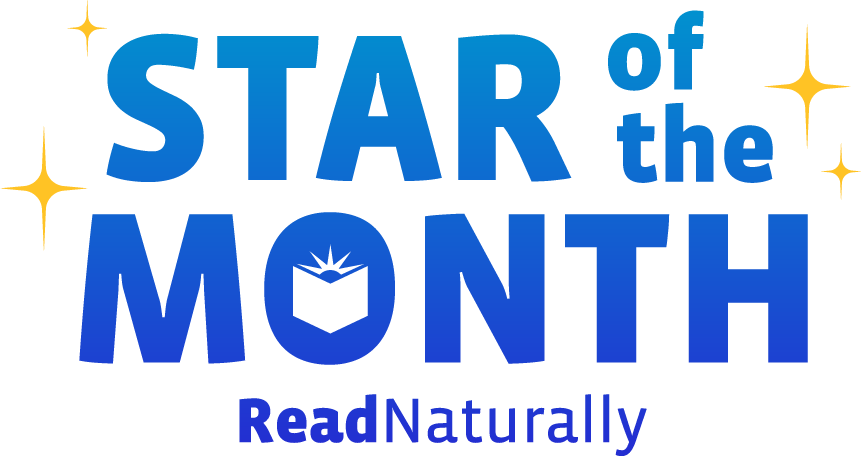If there’s one book series my second grader is crazy about, it’s Dog Man. You might know a kid or two who shares this obsession. The books are graphic novels in which bathroom humor, slime fights, and a time-traveling hot dog stand feature prominently. How do I feel about my son’s literature choices? Initially, I’ll admit, I struggled.
Read more In 1997, Congress asked the National Reading Panel to do the following four things:
1) Review all the research available (more than 100,000 reading studies) on how children learn to read.
2) Determine the most effective evidence-based methods for teaching children to read.
3) Describe which methods of reading instruction are ready for use in the classroom and recommend ways of getting this information into schools.
4) Suggest a plan for additional research in reading development and instruction (adapted from nichd.nih.gov).
Read more Signs for Sounds is a phonics-based spelling program that aligns with the Science of Reading. This program teaches phonics elements and builds mastery in encoding and decoding words with these elements. It also builds mastery in encoding and decoding high-frequency words that do not follow regular phonics patterns.
Read more Since 1967, International Children's Book Day has been celebrated on or around Hans Christian Andersen’s birthday on April 2. Here are some ways to celebrate.
Read more Every year since 1987, March has been designated by presidential proclamation as Women’s History Month. This annual celebration of women’s contributions to American history began as Women’s History Week in 1978, and today countries like Canada and Australia also honor women and...
Read more Have you ever heard comments like this? They’ve been popping up lately in online discussion forums, and surprisingly, they’re not sparking much debate. Is reading fluency just a natural byproduct of decoding development? If only it were that simple! Fluency is one of the five...
Read more February is Black History Month, a celebration of the achievements of Black Americans. It began as Negro History Week in 1926, when Carter G. Woodson, a Black historian, was instrumental in founding an organization that promoted the achievements of Black Americans. A week of celebrations, performances, and lectures grew into a monthlong opportunity to honor famous Black Americans and their contributions to American society.
Read more Many elementary classrooms incorporate fluency work into their ELA block—and those that don’t probably should. With few exceptions, all students learning to read will benefit from fluency instruction, and fluency directly correlates with comprehension. The research on this is clear. When it comes to older students who are reading below grade level or struggling with comprehension, educators have less guidance. Is it still valuable to work on fluency with these students, when their peers have moved on?
Read more One consequence of the pandemic is a measurable decline in reading proficiency across the nation, and many educators are opting to use their ESSER funds to correct this. Remaining ESSER funds, intended to mitigate learning loss due to the pandemic, must be allocated by September 30, 2024. Read Naturally programs are an ideal way to spend this use-it-or-lose-it funding to improve reading outcomes and overall academic success.
Read more It's now well past February, but the remnants of Valentine's Day still linger in my couch cushions. The handmade cards are always my favorite ones to find… especially the ones wishing a "Happy Valantine's Day." I asked my first grader if he knew what makes the word Valentine so hard to spell. He guessed, "Because it's a long word," which is half right. Long words are usually multisyllabic, and multisyllabic words usually have a schwa. The schwa sound—such as the one on the first "e" in Valentine—is notorious for making words difficult to read and spell.
Read more  Share your student’s success story—nominate him or her for our Star of the Month award. Win a Barnes & Noble gift card for the student and a Read Naturally gift certificate for your class!
Share your student’s success story—nominate him or her for our Star of the Month award. Win a Barnes & Noble gift card for the student and a Read Naturally gift certificate for your class!